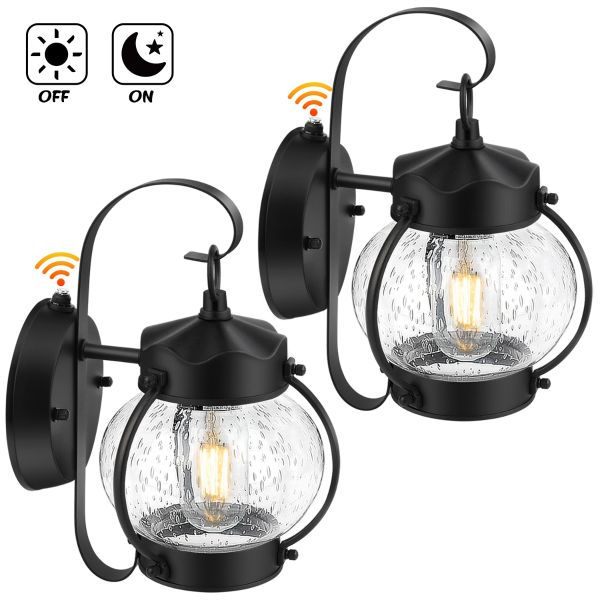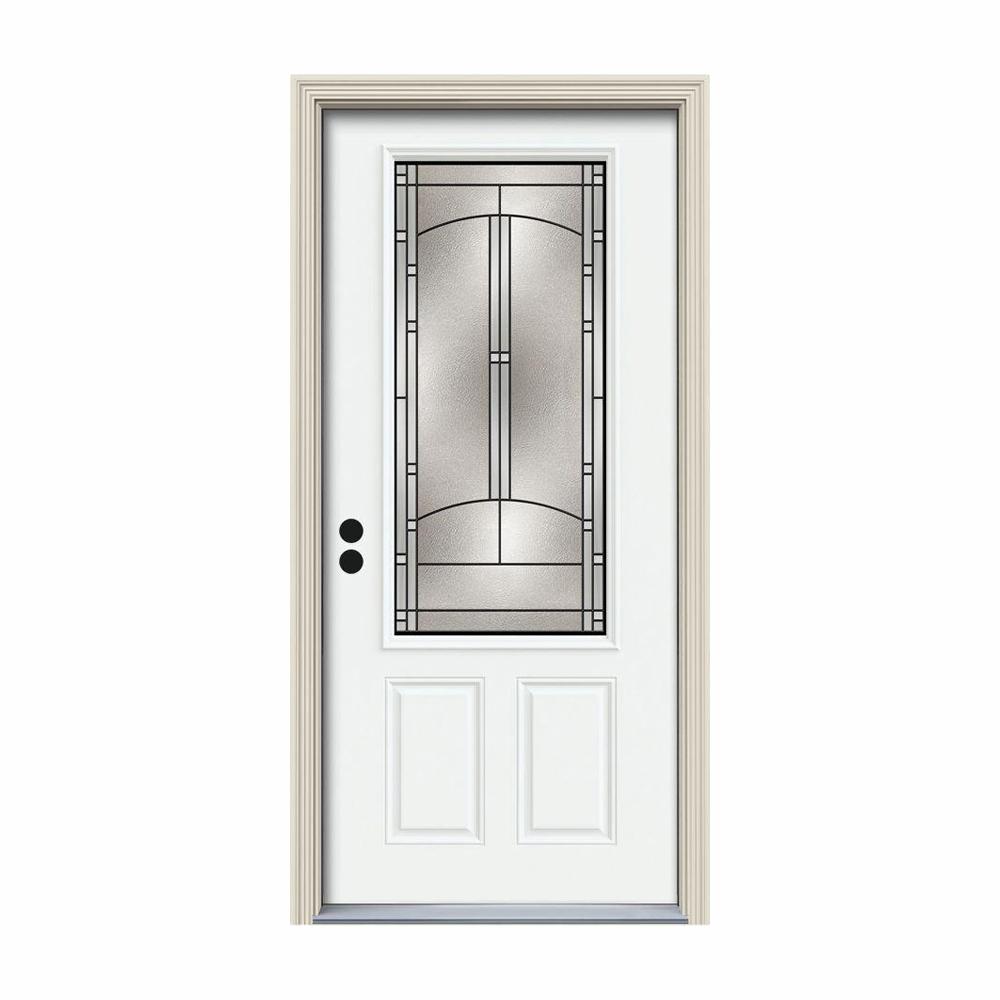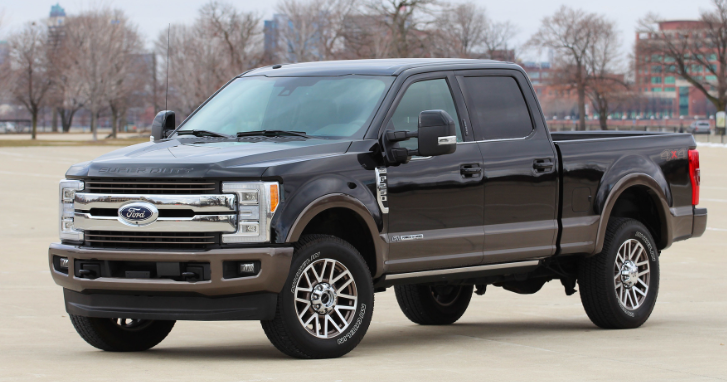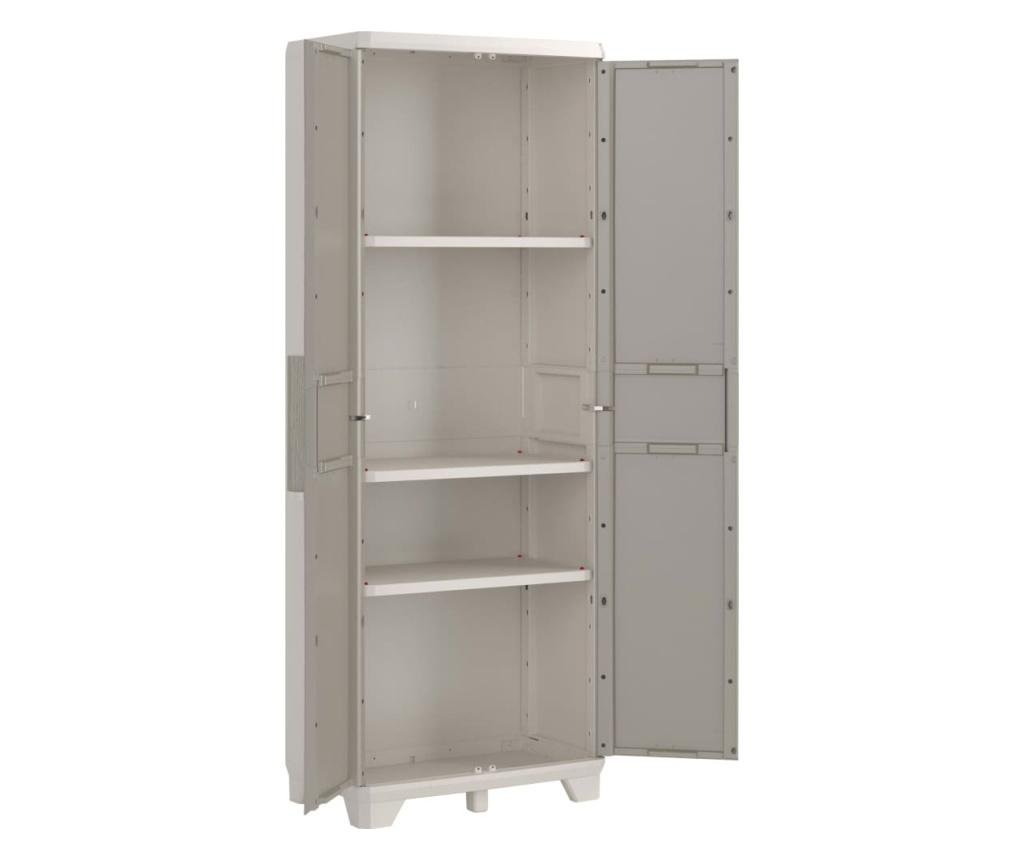It is a significant parameter because the zone surfaces and volumes used in calculations are generated from the internal dimensions of the block which are turn derived from a) the external block geometry and b) block wall thickness. What are the 3 wall thickness for commercial buildings like malls and so on.
Commercial Exterior Wall Thickness, Most wooden wall frames have sheetrock coverings to improve strength. When 16 long units are utilized). External walls have five varying standard dimensions i.e.
The provisions of this section shall apply to the construction of exterior concrete walls for buildings not greater than 60 feet (18 288 mm) in plan dimensions, floors with clear spans not greater than 32 feet (9754 mm) and roofs with clear spans not greater than 40 feet (12 192 mm). Hen hybrid atticw and hybrid wall Most walls in residential and small commercial construction are built with 2x4 wood studs, which are actually 3v2 inches (89 mm) in width. However, wood exterior walls work best on smaller commercial buildings.
###What is standard residential wall thickness? Quora Each component of a metal stud wall has a particular function in the overall wall assembly.
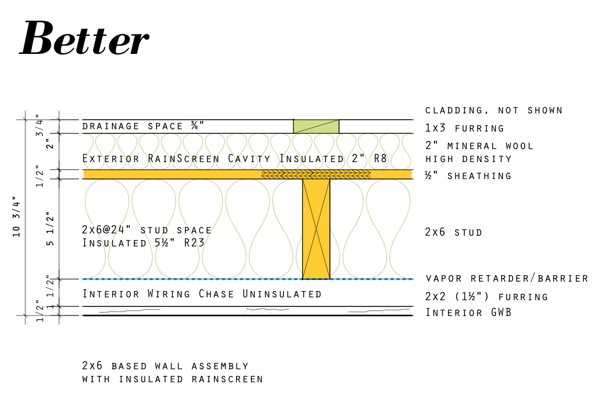
Modern House Plans by Gregory La Vardera Architect USA, For every additional 70 feet of height added onto the property, the wall thickness can be increased by an extra four inches to support the additional weight of the structure. Exterior wall thickness varies, depending on the exterior finish, siding and brick facing. A more permanent and elaborate alternative to curtains, our panels create shade and reduce glare. Base support.

Multicolor paper based HPL,WOOD HPL Exterior Wall Cladding, Picking the right size of the components depends on how the framing members are spaced as well as the height of the wall. The provisions of this section shall apply to the construction of exterior concrete walls for buildings not greater than 60 feet (18 288 mm) in plan dimensions, floors with clear spans not greater than 32 feet (9754.

Pinterest • The world’s catalog of ideas, Buildings shall not exceed 35 feet (10 668 mm) in mean roof. The wall that provides an efficient level of insulation regardless of external climate, exists in three different major wall types. Most wooden wall frames have sheetrock coverings to improve strength. Drying and planing reduce the finished size to the current standard of 1.5 by 3.5 inches. Interior walls.

Major Wall Types Institutional, Commercial, & Residential, It would be best to consider all individual factors influencing the thickness of a wall to come up with the right dimensions. Wood is a beautiful exterior wall option. However, areas susceptible to high winds require concrete thickness of at least 8 inches. It is a significant parameter because the zone surfaces and volumes used in calculations are generated from.
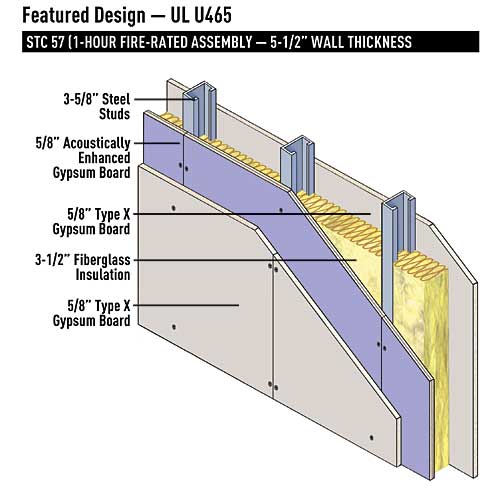
CE Center Market Trends Drive the Need for Effective, The block wall thickness is used to generate the geometric thickness of the external wall elements of building blocks. The thickness of exterior residential walls when using icfs depends on several factors. For properties that measure up to 70 feet in height, it is recommended that the exterior walls be no thicker than twelve inches. What is the typical thickness.
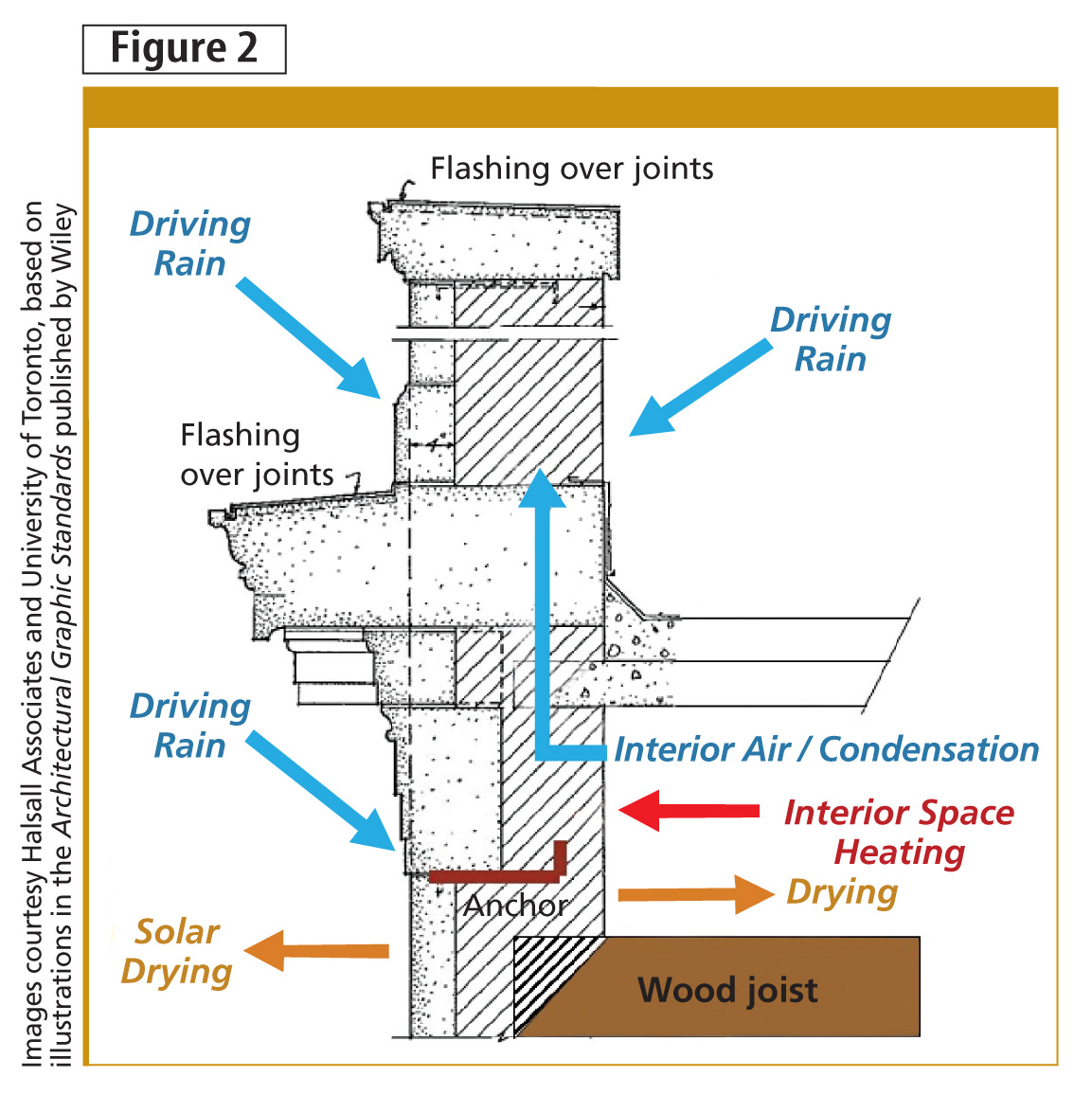
Older Masonry Buildings Benefits, risks, and design, However, there are no set rules on how thick a wall can be, and if you. Exterior wall thickness varies, depending on the exterior finish, siding and brick facing. Standard icf external walls need six inches of concrete. However, areas susceptible to high winds require concrete thickness of at least 8 inches. Commercial wall cladding also redirects water from rain.
Maintaining interior dimensions when, For every additional 70 feet of height added onto the property, the wall thickness can be increased by an extra four inches to support the additional weight of the structure. It can be measured at door or window reveals or by internal/external measurement comparison (which can be direct measurement or estimated by counting bricks). However, areas susceptible to high winds.

33 reference of standard exterior wall thickness, In massachusetts the wall thickness for homes are 6 for exterior, 4.5 for interior and 6.5 for plumbing. These three different designs offer optimized thermodynamic potential in almost any climate. However, wood exterior walls work best on smaller commercial buildings. What are the 3 wall thickness for commercial buildings like malls and so on. The thickness of exterior residential walls.

How to Protect and Finish Insulation on an Exterior, Each component of a metal stud wall has a particular function in the overall wall assembly. When 16 long units are utilized). The block wall thickness is used to generate the geometric thickness of the external wall elements of building blocks. The average size for an interior wall is about 4.75 in. Interior walls in older construction may differ.

21 Lovely Fiberglass Insulation Basement Walls basement tips, For every additional 70 feet of height added onto the property, the wall thickness can be increased by an extra four inches to support the additional weight of the structure. The average size for an interior wall is about 4.75 in. The block wall thickness is used to generate the geometric thickness of the external wall elements of building blocks..

Exterior walls are built around a structural core of cross, Each component of a metal stud wall has a particular function in the overall wall assembly. Base support of exterior masonry wythe on foundation wall ledge. For properties that measure up to 70 feet in height, it is recommended that the exterior walls be no thicker than twelve inches. This thickness is capable enough to hold the high loads in.

World Housing Encyclopedia WHE, Alternatively, for apartment buildings, 220 mm thick litecrete can be used as the total external wall For every additional 70 feet of height added onto the property, the wall thickness can be increased by an extra four inches to support the additional weight of the structure. It would be best to consider all individual factors influencing the thickness of a.

NetZero Aligned Exterior wall panels, Metal cladding, The wall that provides an efficient level of insulation regardless of external climate, exists in three different major wall types. The block wall thickness is used to generate the geometric thickness of the external wall elements of building blocks. In massachusetts the wall thickness for homes are 6 for exterior, 4.5 for interior and 6.5 for plumbing. For every additional.

Stucco detail Stucco walls, Stucco, Wood studs, Base support of exterior masonry wythe on foundation wall ledge. Most walls in residential and small commercial construction are built with 2x4 wood studs, which are actually 3v2 inches (89 mm) in width. Drying and planing reduce the finished size to the current standard of 1.5 by 3.5 inches. What are the 3 wall thickness for commercial buildings like malls.
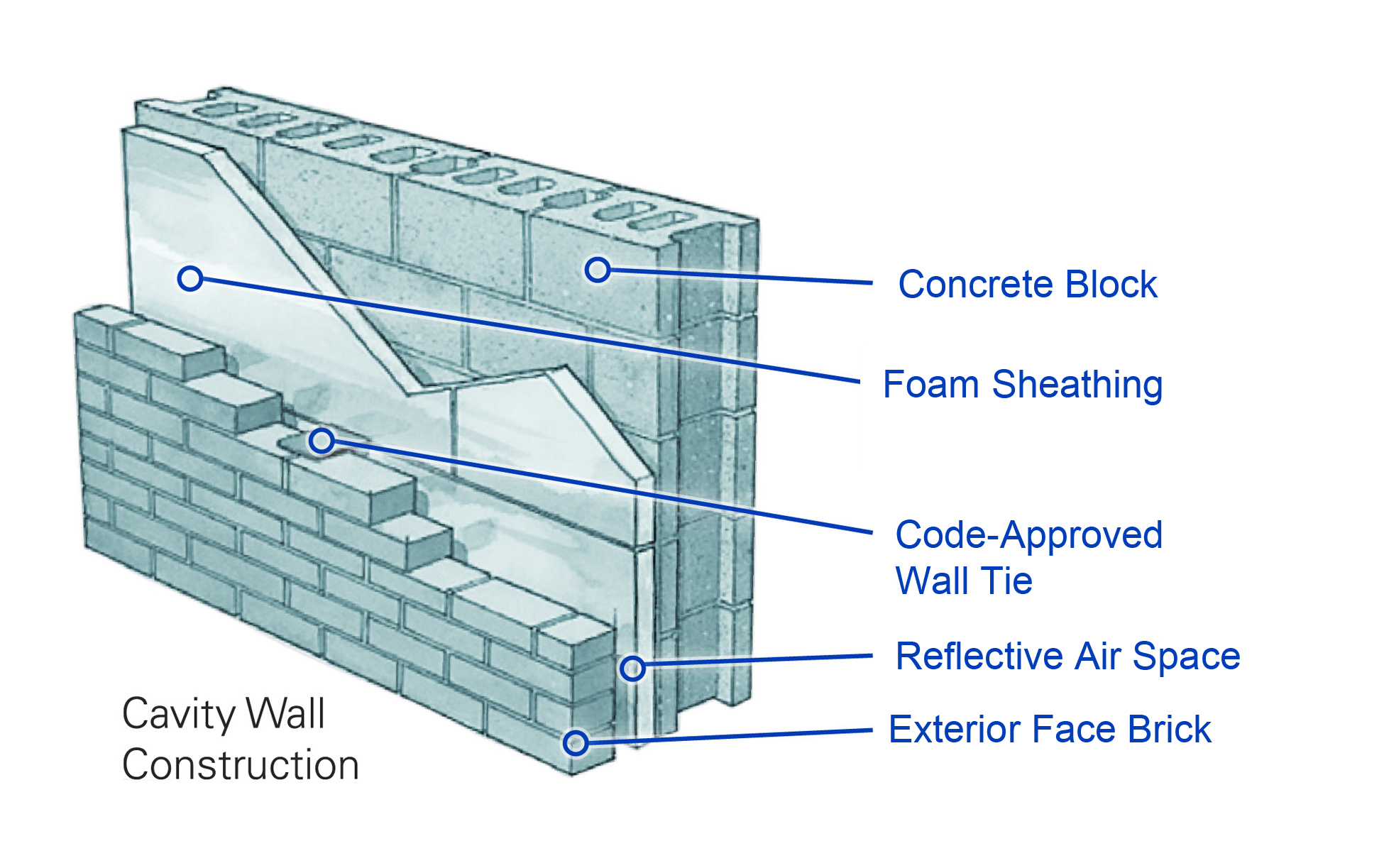
The Devil is in the Details Maximizing continuous, The block wall thickness is used to generate the geometric thickness of the external wall elements of building blocks. Commercial wall thickness question [technical] technical. Wood is a beautiful exterior wall option. Drying and planing reduce the finished size to the current standard of 1.5 by 3.5 inches. Most wooden wall frames have sheetrock coverings to improve strength.
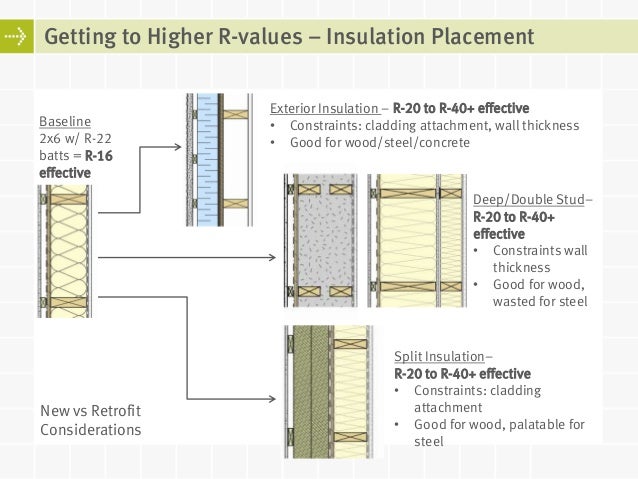
Passive House Walls and Windows for the Pacific Northwest, What is the typical thickness of a panel? Exterior walls of new buildings, pages iii. When 16 long units are utilized). The average size for an interior wall is about 4.75 in. Most wooden wall frames have sheetrock coverings to improve strength.
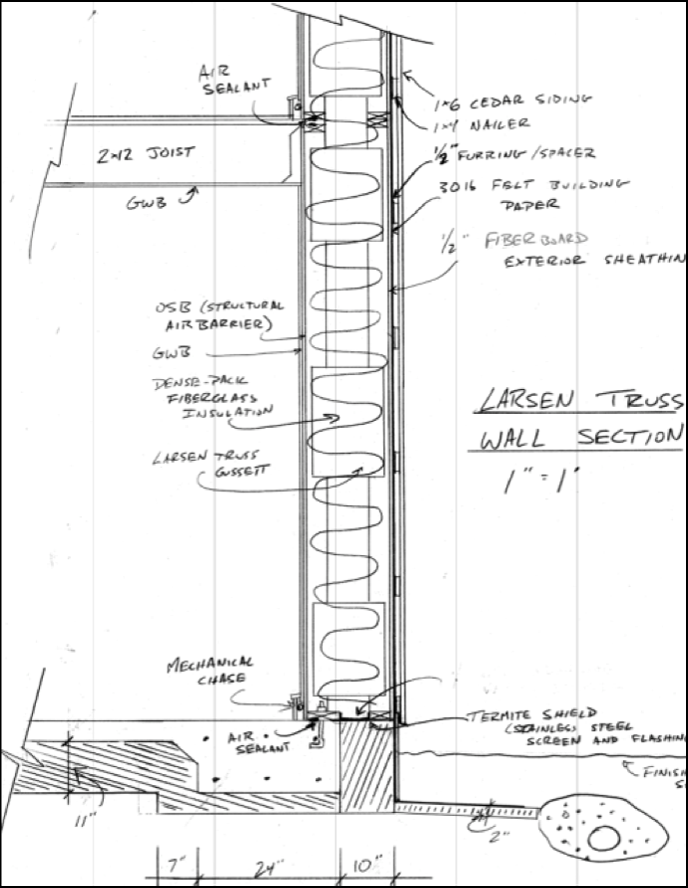
4 Years, 5 Walls, 6 Projects NW Passive House Lessons, Each component of a metal stud wall has a particular function in the overall wall assembly. Interior walls in older construction may differ. What are the 3 wall thickness for commercial buildings like malls and so on. Exterior wall thickness varies, depending on the exterior finish, siding and brick facing. Picking the right size of the components depends on how.

Article Image Stud walls, Building a house, Double stud, The stud spacing for typical commercial interiors is one of either 12″, 16″, or 24.”. Picking the right size of the components depends on how the framing members are spaced as well as the height of the wall. It can be measured at door or window reveals or by internal/external measurement comparison (which can be direct measurement or estimated by.
What is standard residential wall thickness? Quora, Commercial wall cladding also redirects water from rain and other weather to flow away from your building, keeping your structure safe from further damage. Wood is a beautiful exterior wall option. The provisions of this section shall apply to the construction of exterior concrete walls for buildings not greater than 60 feet (18 288 mm) in plan dimensions, floors with.

LongChevronWavesBlack & White Black and white, Interior, However, areas susceptible to high winds require concrete thickness of at least 8 inches. Base support of exterior masonry wythe on foundation wall ledge. Measure wall thickness in mm of each external wall (elevation) and any alternative wall within a building part. External walls have five varying standard dimensions i.e. This thickness is capable enough to hold the high loads.


